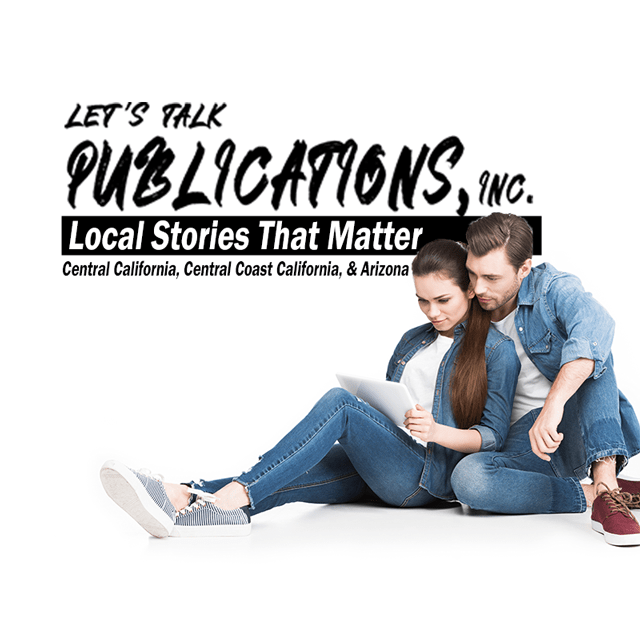In the ever-evolving landscape of marketing, businesses continuously seek the most effective channels to reach their target audience. While radio advertising has been a staple for decades, social media marketing has surged ahead, offering unparalleled advantages. Here’s why radio advertising is not as effective as social media marketing in today’s digital age.
1. Targeted Reach
Radio Advertising:
- Broad and General: Radio ads are broadcast to a wide, often unspecified audience, making it challenging to target specific demographics accurately. This can result in a significant portion of the ad spend reaching individuals who are not part of the target market.
- Geographical Limitations: Radio stations typically serve specific regions, limiting the geographical reach of the advertisements.
Social Media Marketing:
- Precise Targeting: Social media platforms like Facebook, Instagram, and LinkedIn offer sophisticated targeting options. Advertisers can narrow down their audience based on demographics, interests, behaviors, and even past interactions.
- Global Reach: Social media allows businesses to reach a global audience, transcending geographical boundaries.
2. Engagement and Interaction
Radio Advertising:
- One-Way Communication: Radio ads are a form of one-way communication, where listeners passively receive the message without the opportunity to interact or provide immediate feedback.
- Limited Engagement: The passive nature of radio listening means engagement is minimal, with listeners often multitasking or tuning out during commercial breaks.
Social Media Marketing:
- Two-Way Interaction: Social media facilitates direct interaction between businesses and their audience through comments, likes, shares, and messages, fostering a more engaged community.
- Higher Engagement Rates: Social media content can be crafted to encourage user participation, such as contests, polls, and interactive posts, resulting in higher engagement rates.
3. Measurable Results
Radio Advertising:
- Limited Metrics: Measuring the effectiveness of radio ads can be challenging. While stations provide listener data, it is often broad and lacks the granular insights needed to assess ad performance accurately.
- Indirect Tracking: Businesses must rely on indirect methods, such as spikes in store visits or sales, which can be influenced by various factors, not just the radio ad.
Social Media Marketing:
- Detailed Analytics: Social media platforms provide comprehensive analytics that track impressions, clicks, engagement, conversions, and more, allowing businesses to measure the ROI of their campaigns accurately.
- Real-Time Data: Advertisers can access real-time data, enabling them to adjust strategies on the fly to optimize performance.
4. Cost-Effectiveness
Radio Advertising:
- High Costs: Producing and airing radio ads can be expensive, especially during peak listening times. The broad reach often means paying for an audience that may not be relevant to the business.
- Fixed Costs: The cost of radio advertising is generally fixed, regardless of the actual engagement or results.
Social Media Marketing:
- Flexible Budgeting: Social media marketing can be tailored to fit any budget. Businesses can start with a small investment and scale up based on performance.
- Pay-Per-Performance: Many social media platforms offer pay-per-click (PPC) or pay-per-impression (PPI) models, ensuring that businesses only pay for actual engagement or views.
5. Content Variety
Radio Advertising:
- Audio-Only Format: Radio ads are limited to audio, which can restrict the type of content and creativity. The effectiveness heavily relies on the listener’s attention and imagination.
- Brief Slots: Radio ads are typically short, limiting the amount of information that can be conveyed.
Social Media Marketing:
- Multimedia Options: Social media supports a wide range of content types, including text, images, videos, infographics, and live streams. This variety allows for more creative and engaging campaigns.
- Extended Content: Social media posts can provide detailed information and include links to additional resources, offering a more comprehensive message.
While radio advertising still holds value, especially for reaching specific local audiences, its effectiveness is overshadowed by the versatility, precision, and interactivity offered by social media marketing. The ability to target specific demographics, measure results accurately, engage directly with the audience, and adjust strategies in real-time makes social media a superior marketing tool in the digital age. Businesses looking to maximize their marketing efforts and budget should prioritize social media to achieve better reach, engagement, and ROI.

 Let's Talk Publications Inc. Local News and Events That Matter
Let's Talk Publications Inc. Local News and Events That Matter







